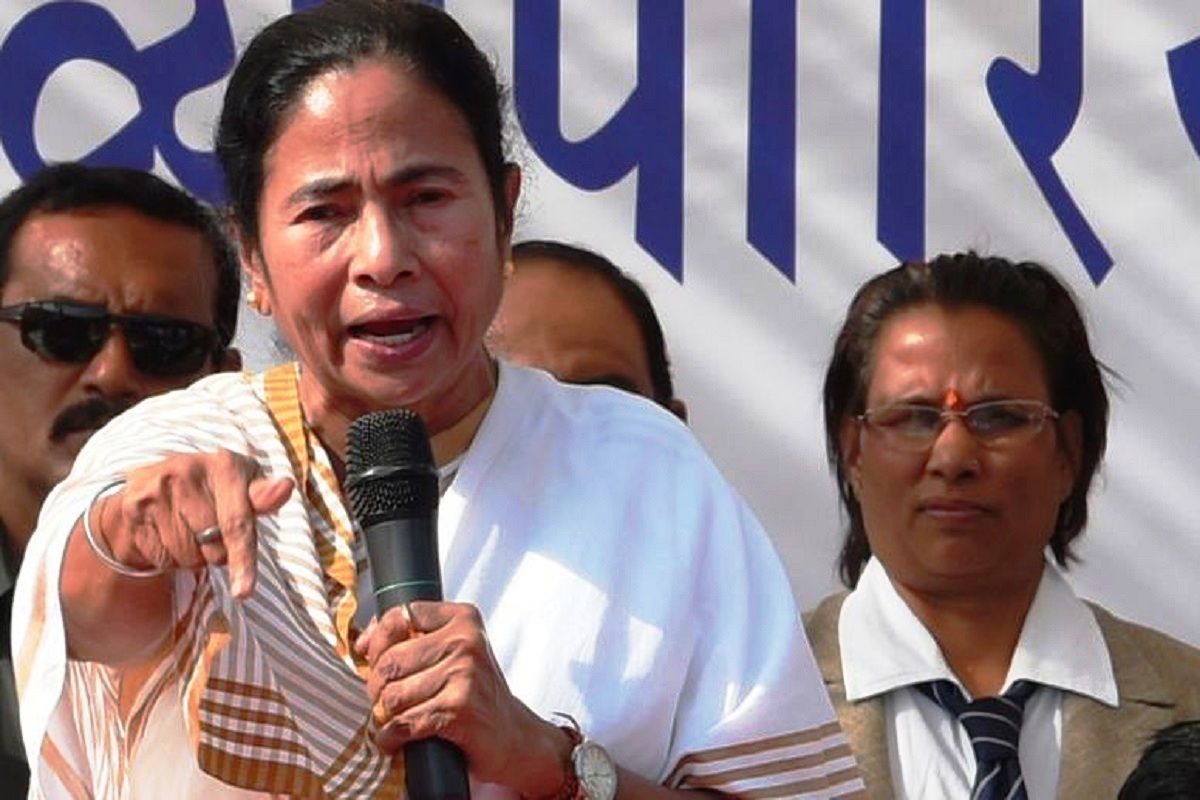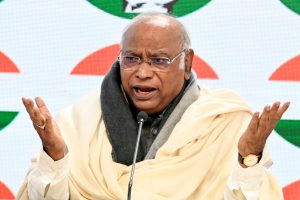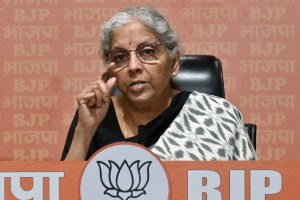It may be just a coincidence that Mamata Banerjee calling on Nobel Laureate Abhijit Banerjee’s mother Nirmala ~ herself a noted economist ~ on Wednesday coincided with the West Bengal government unveiling a planning roadmap for the next 20 years (2040). This is a rather unusually long timespan for a state whose political narrative remains ever so uncertain.
Not the least after the 2019 Lok Sabha election that yielded a dramatic change in the legislative contours ~ an unexpected increase in the BJP’s representation from West Bengal, in parallel to the sharp decline in Trinamul’s. Permanent glory is an improbable quantity, as the Communist Party of India (Marxist) realised after 34 years in power.
The proposal was approved by the state cabinet on Wednesday. Not wholly unrelated is the Chief Minister’s intent to seek the advice of the Nobel prize winner on matters related to development.
Miss Banerjee’s decision to formulate two development plans ~ one for 10 years and another for 20 ~ recalls her stint as Railway minister when in 2009 she unveiled the so-called Vision 2020, indeed a ten-year development plan for what they call the “lifeline” of the nation.
Nothing is definite about the extent of implementation save that her proposal on privatization has made no headway. The Centre has known two political dispensations since then ~ the Congress-led United Progressive Alliance regime and the BJP-led National Democratic Alliance.
While it may be early days to propose a plan outlay for the next two decades, the Chief Minister has stopped short of spelling out the follow-through steps, most importantly vetting, splitting the plans into the categories of projects, which is essential in the case of micro-level planning. No less crucial must be the imperative to implement the plans through various departments. In the immediate perspective, these departments must be taken on board, though the draft document will be crafted by the finance and planning departments.
Drawing a parallel with the Railways may not be quite relevant. Ergo, the misgivings expressed by the bureaucracy are not wholly unfounded. The Railways have been known to follow a definite model in terms of execution. A model for implementation is, therefore, imperative in West Bengal.
Sad to refect, the state’s Rs 12,000-crore infrastructure development plan has made little or no headway in the absence of a model or a roadmap if you will. Unveiled in 2017, this plan remains a non-starter.
For the past two years, there has been considerable uncertainty over how the departments in question will execute the task along with the existing projects. The contours call for clarity. Planning for the next 20 years cannot be a journey without maps. Above all, the work culture must improve. This is no less imperative than declaring a state holiday on Monday, 4 November… as Chhat puja falls on Sunday.









